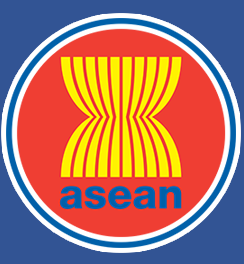ASEAN Journal on Science and Technology for Development
Abstract
This study was designed to evaluate the feasibility of the treatment of actual textile mill effluent using a upflow anaerobic sludge blanket (UASB) reactor. The main objective of this study was to generate design aids; in terms of organic loading rate (OLR), hydraulic retention time (HRT) versus chemical oxygen demand (COD) and colour removal in the textile effluent using a UASB reactor at neutral pH and constant mesophilic temperature. The COD, colour and total suspended solids concentration of the textile wastes used in the study were analyzed as 5440 mg/l, 3280 mg/l, 2320 units and 955 mg/l, respectively. The UASB reactor was started up by gradually increasing the OLR from 0.2 kg-COD/m3-day to 2.6 kg-COD/m3-day in order to prevent an organic shock to the reactor. Similarly, the hydraulic retention time (HRT) was slowly reduced from 58 h to 8 h to prevent the wash-out of sludge from the reactor. It was observed that more than 80% of COD and colour could be effectively removed at an OLR of 2.2 kg-m3/d and HRT of 20 h. At optimum operating conditions, the effluent volatile fatty acid concentration was observed to be 430 mg/l. The average biogas production observed during this study was 0.34 l/g-CODremoved and it was composed of 58% methane. During the course of maturity of granular sludge, its effective size and settling velocity were observed to increase exponentially as 0.261e0.051x and 1.91e0.017x respectively. The overall observed biomass yield (Yobs) for the experimental period was calculated as 0.049 g-VSS/g-CODrem. This study suggests that the use of a UASB reactor for textile mill effluent is a fairly feasible and viable option.
Publication Date
11-20-2011
Recommended Citation
A, Arshad; N.H, Hashim; A.K, Kashif; and A, Bashir
(2011)
"Assessment of the Treatment of Textile Mill Effluent Using UASB Reactor,"
ASEAN Journal on Science and Technology for Development: Vol. 28:
No.
2, Article 4.
DOI: https://doi.org/10.29037/ajstd.40
Available at:
https://ajstd.ubd.edu.bn/journal/vol28/iss2/4

